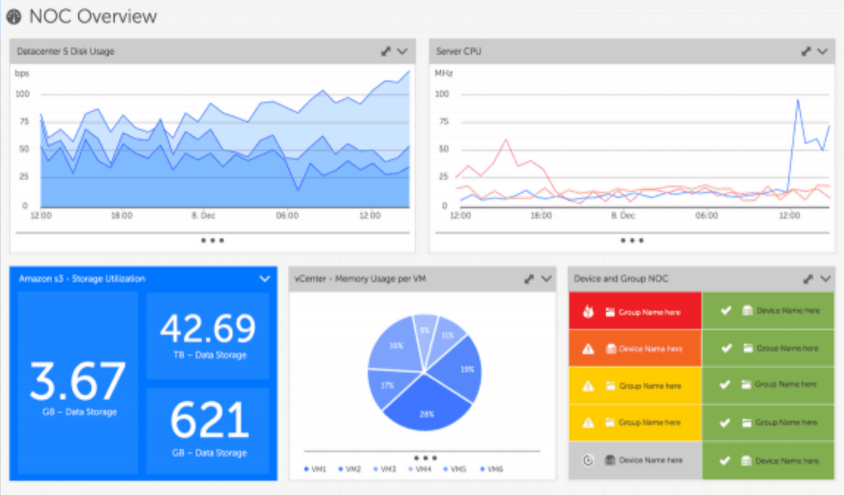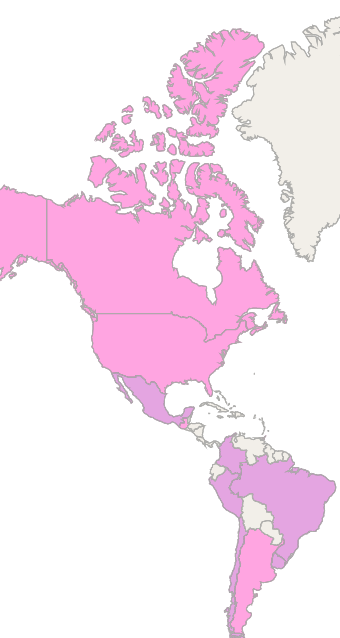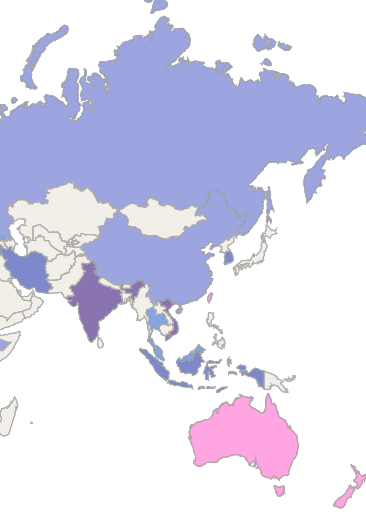InetSoft Webcast: Good IT Analytics Tool
This is the continuation of the transcript of a webcast hosted by InetSoft entitled "Applying Predictive Analytics to IT Performance." The speaker is Mark Flaherty, CMO at InetSoft.
With a good IT analytics tool, you can drill down. You can do all sorts of things, but the important thing is, #1, looking at it from the business perspective, in terms of really how you are delivering that service, because that’s why you exist in a sense. And then, what’s the history of doing it, and how you are going to do that in the future, and then, it becomes a vehicle for conversation between the business and IT and the data warehousing people to understand where you are going and to understand your options. We can do it this way or that way, and here’s the cost involvement. We can look at all of those details, and we can figure out what’s the best way to move forward.
Think about how this would impact the relationship between IT and businesses. Getting back to changes the culture between them because in the beginning, that’s “Oh, my God, this is broken, we will fix it as soon as we can.” This tends to be not a great relationship with the business side because the business side tends to look at IT, “The system is down, or it’s going down for a day.”
 |
View a 2-minute demonstration of InetSoft's easy, agile, and robust BI software. |
Whereas when you arm them with this type of information, they become proactive, and now, they are having a business conversation with the other side of the company saying, “Look, here is what we are doing, here is how we are serving you, which is great, but here is what we need to plan for this.” That’s a completely different culture and conversation. We are starting to see people agree with this. A lot of our customers have come to us, and other people have come to us and said, “This is exactly the next step, this is where we need to go.” And it’s caused by the business pressure that they’re feeling.
So you can predict the future. You can do What If analysis, and that’s all very good. But people say that what if I have some changes other than capacity planning, which is fine, and you can do that. We are now focused really on service delivery and capacity planning as it supports delivery of services, but what about the other changes in your environment? What happens if you have 500 users studying online next Wednesday? How is it going to work?
Well, usually you would wait and react and say, “Well, I have crossed my fingers, I hope it does handle the capacity.” Now, you can, actually with this model, crank it up and say, “We can tell you within seconds how it will perform, not only how that application perform but how it will play with all the other applications that are running at the same time competing for the same resources as each of these workloads has its own performance fingerprint, if you will, that is unique.” So you can do hypothetical changes, what if you had new customers, what if you have new applications coming? You can model those within seconds and see what the results can be.
So another thing that we hear a lot today about, well, what about applications that are not online yet, they are coming in? So how do you deal with that? So we say, “Well, take them in a production environment, run them, and build the mode.” Then, you can actually virtually re-host that environment within seconds.
So we have the mathematics to build these models, and that you would choose a bunch of variables and then, you would say, “Okay, now, let’s move it from the small test environment to a production environment.” You have the big servers, the big database, the big disks, everything else running at the same time. How is it going to run when we get there? You can do that in a matter of seconds.
Other people have come up to us and said, “Okay, we load twice a day, we are trying to go to refresh our data because it’s the demands of the business to have fresh data to make decisions on, what happens if we go to three times a day?” Well, you could easily do that. These models are somewhat portable. You can move them around. So what if we put some of them over here and some of them there? You could do server consolidation. You could loop by workload. So it really does help you get a future view. And it really helps to drive your business.
A typical thing that our customers do on a Monday morning is look at the IT analysis system’s predictions to understand what’s coming ahead. Not only does that help them to provide the services, but more importantly, it helps them understand where to focus their personnel. So there are hundreds of things that you could be doing, but maybe the most important thing that you need to do has to do with your service delivery.
So it’s people. It’s actually being able to, again, steer instead of sail. It’s being proactive. It’s being more strategic. It really helps them get to where they need to go to provide the services in an environment that’s changing constantly. You not only have the pressures we talked about coming from the business, but coming from the competition, and technology is changing all the time.
There are a lot of changes, and it’s not acceptable to not anticipate them. You can’t say, I am going to freeze the system. It works, now. I am to leave it that way. You can’t. So how do you deal with that without reacting to every little thing?
But the idea here isn’t to take a lot of the information that’s coming you’re your systems and just put it on some web-based portal. It’s a learning process. You can see what’s going on. Having data is important, because our technology is web-based, we can actually take it and output your information right on to that portal. And it can be refreshed, so a lot of our customers and their customers are very excited about it.
 |
Read the top 10 reasons for selecting InetSoft as your BI partner. |
| Previous: Call It Business Intelligence for IT |


